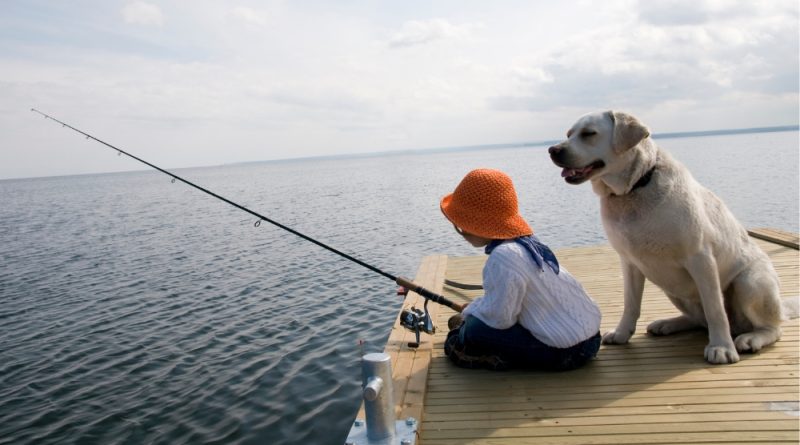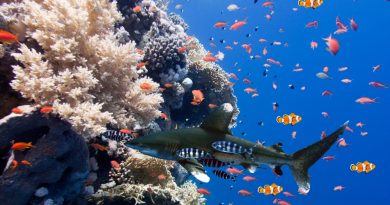Sustainable Fishing and the Conservation of Marine Species
Conscious and Sustainable Work
Sustainable fishing is an approach that aims to ensure the conservation and protection of fish species while allowing responsible fishing to meet the needs of communities and fishing markets.
In this article, we explore the importance of sustainable fishing, the practices employed, and the benefits of conserving and protecting fish.
Fishing plays a vital role in food security and the livelihoods of millions of people worldwide.
However, overfishing and illegal fishing have had serious impacts on marine ecosystems and fish stocks.
This can negatively impact the environment and fishing communities that depend on these resources.
Sustainable fishing aims to reverse this trend by ensuring that fishing practices maintain the health of ecosystems and the long-term viability of fish stocks.
It is based on scientific, political, and economic principles and aims to balance the development and protection of fishing resources.
One of the key practices in sustainable fishing is establishing fishing quotas and catch limits.
These measures are based on scientific research assessing the health of fish populations and determining the maximum number that can be caught without compromising the sustainability of the species.
By setting catch limits, overfishing is avoided, and depleted stocks can recover.
Furthermore, sustainable fishing encourages the use of selective and less destructive fishing methods, such as selective mesh nets and round hooks, which reduce the capture of non-target species and minimize damage to marine habitats. These practices help protect biodiversity and maintain ecosystem integrity.
Another important approach to sustainable fishing is the establishment of marine protected areas.
These areas are designated to protect habitats and species, allowing fish to reproduce and grow without undue disturbance from fishing.
Marine protected areas can be designated as marine protected areas or national parks and play a crucial role in the restoration and protection of marine ecosystems.
Sustainable fishing also promotes participatory management and collaboration among stakeholders. This includes the involvement of fishing communities, scientists, NGOs, and governments in decision-making related to fishing.
This collaborative approach can take into account different perspectives and help ensure that conservation measures are effective and socially just.
The benefits of sustainable fishing are manifold. Firstly, it helps preserve marine biodiversity by protecting species and habitats critical to ecosystem balance.
This increases the resilience of marine ecosystems, making them more capable of responding to environmental changes and sustaining future generations.
Additionally, sustainable fishing is crucial for food security. Millions of people depend on fish as a source of food and livelihood.
By ensuring the sustainability of fish stocks, sustainable fishing contributes to the food security of communities worldwide, providing essential proteins and nutrients.
Sustainable fishing also brings economic benefits. It allows fishing communities long-term access to resources, ensuring the sustainability of fish stocks.
Furthermore, sustainable fishing promotes fair and responsible business practices, ensuring that fishermen receive fair prices for their products and that consumers can make informed and ethical choices.
To promote sustainable fishing, the involvement of governments, international agencies, the fishing industry, scientists, and consumers is crucial.
This includes implementing effective policies and regulations, promoting scientific research, raising awareness, and educating consumers about the importance of choosing sustainable fishing products.
In summary, sustainable fishing plays a vital role in the conservation and protection of fish species and the safeguarding of marine ecosystems.
By adopting responsible fishing practices, establishing catch limits, creating marine protected areas, and promoting participatory management, we can ensure the viability of fishing resources for future generations.
Conclusion:
Sustainable fishing not only contributes to the conservation of biodiversity but also enhances food security and the economic well-being of fishing communities.
This is a fundamental investment in the future of our oceans and the balance of the planet as a whole.
If you enjoyed the great article “Sustainable Fishing and the Conservation of Marine Species,” don’t forget to share and leave your comment. Enjoy the read!




